Did you know that your phone can be identified by the pictures you take with it? No, we don't mean determining the device's brand and model through image EXIF data, that's simple stuff, we're talking about identifying the exact phone a picture was taken with by simply analyzing the photo. Doesn't matter if there are millions of people around the world with same model smartphone that you have, shooting dozens of pictures every day, because no two cameras can take the same photo. Even if you take a pair of phones of the same model and somehow manage to align them perfectly in order take two seemingly identical pictures of the exact same scene within milliseconds of each other, the results will still differ greatly when examined with special software. This is what scientists are now referring to as a “camera fingerprnt” and you can find out your phone's unique camera ID by downloading a simple app called CamFinger.
This is what the camera fingerprint of one of our Galaxy S6 units looks like. It may not look like much to the human eye, but specialized image analysis software like CamFinger is capable of interpreting the noisy image and connect it to a particular device
The result of a joint study on authentication methods between the University of Erlangen-Nuremberg and the Polytechnic University of Milan, CamFinger can teach you some pretty interesting things about the inner workings of phone shooters, and digital cameras in general, while you contribute some completely anonymous data to the study by taking a handful of out-of-focus pictures of nothing in particular. Once installed, the app will ask you to take four bursts of four pictures each — could be of your floor, or carpet, or just the sky — which will then be automatically uploaded to the cloud, and analyzed to return a noisy square image, called PRNU (Photo Response Non Uniformity), which is your phone's unique, one-and-only camera ID. Sounds weird? Well, let's take a look at how the whole process works.
Basically, the camera sensor in your device is far from perfect. Every time you take a photo, the distinct imperfections of the sensor leave their mark on the image, and can potentially be used to identify your device. Due to production tolerances, some areas of the sensor will interpret the incoming light in slightly different ways, which results in some pixels appearing brighter, while others appearing darker. The final result will, in turn, always be a little bit too bright or too dark on these exact pixels, portrayed content and lighting notwithstanding.
Using CamFinger, a dozen images can be stacked on top of each other and filtered down to what looks like a random image of visual snow, which is actually the unique pattern of dark and bright dots intrinsic to the camera sensor in your device. Much like fingerprints, the sensor's ID remains the same for the entirety of its lifetime and can be used to identify it, hence the moniker “camera fingerprint.”
If you want to find out the unique ID of your phone's camera and learn more about the whole process, you can download CamFinger and give it a try for yourself. All data collected by the app is anonymous and once you get your “camera fingerprint,” you can compare it to those of other anonymous contributors to the project.
Download CamFinger:
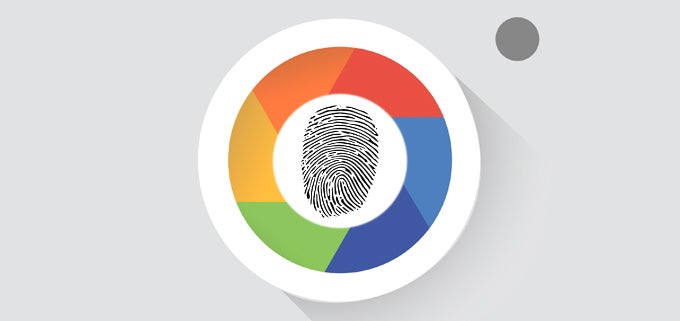



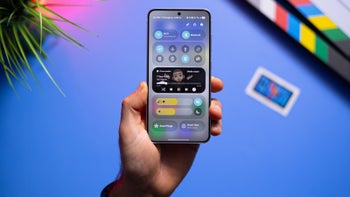



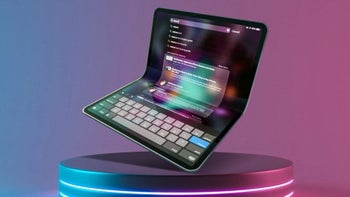
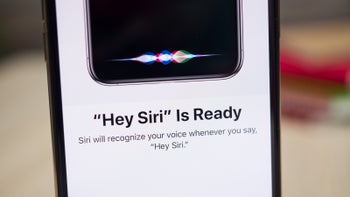



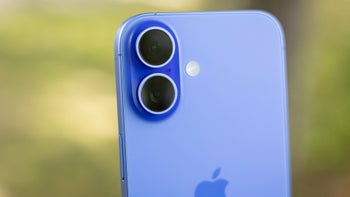
Things that are NOT allowed: